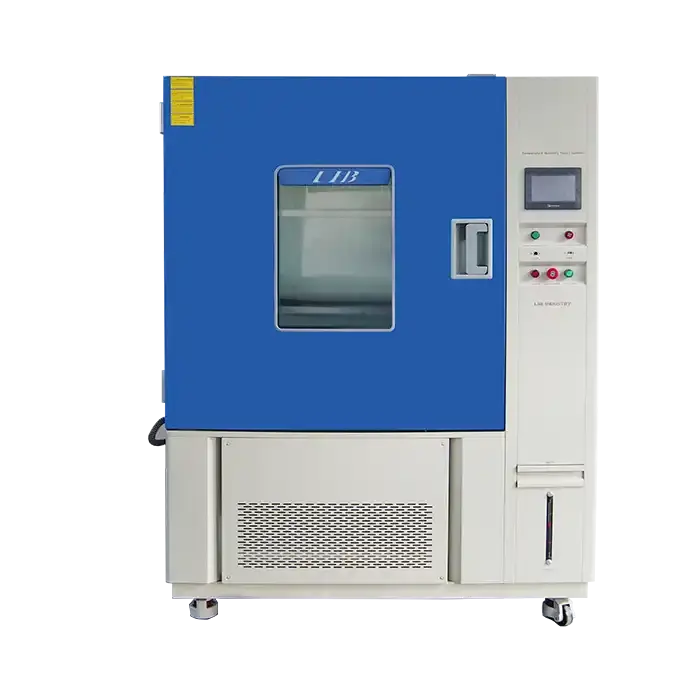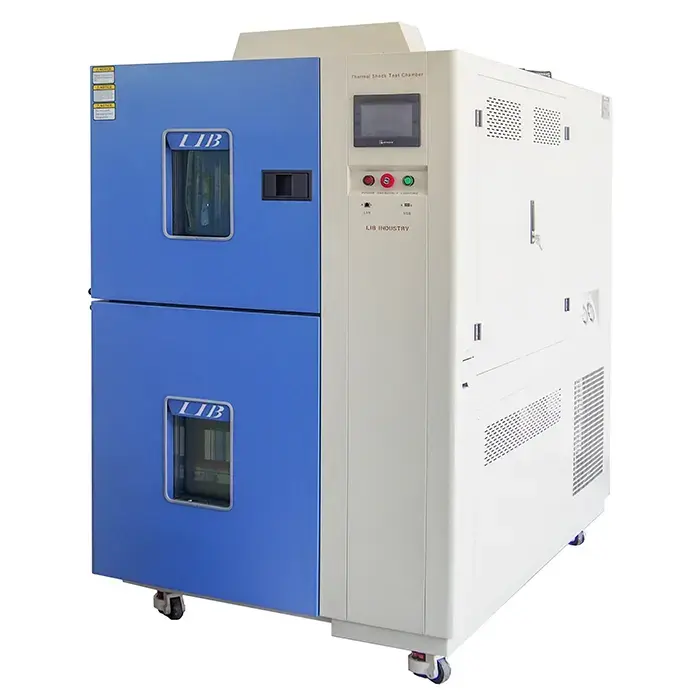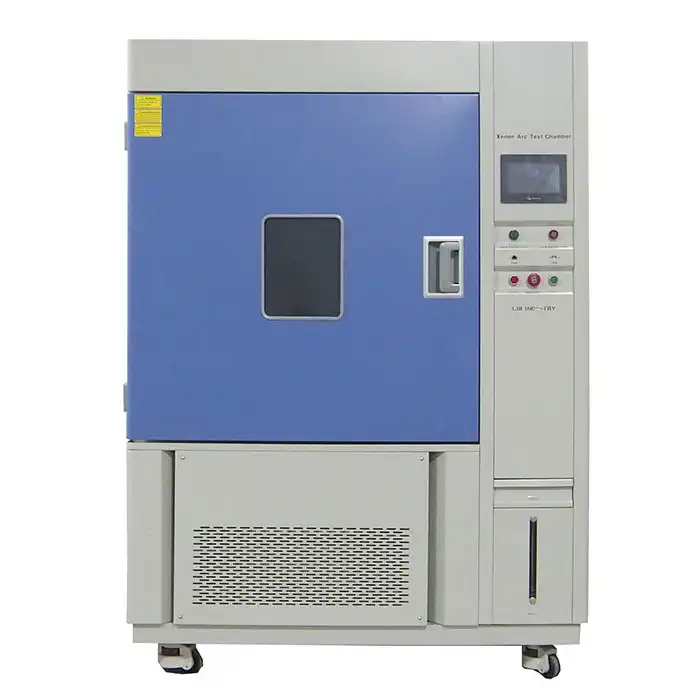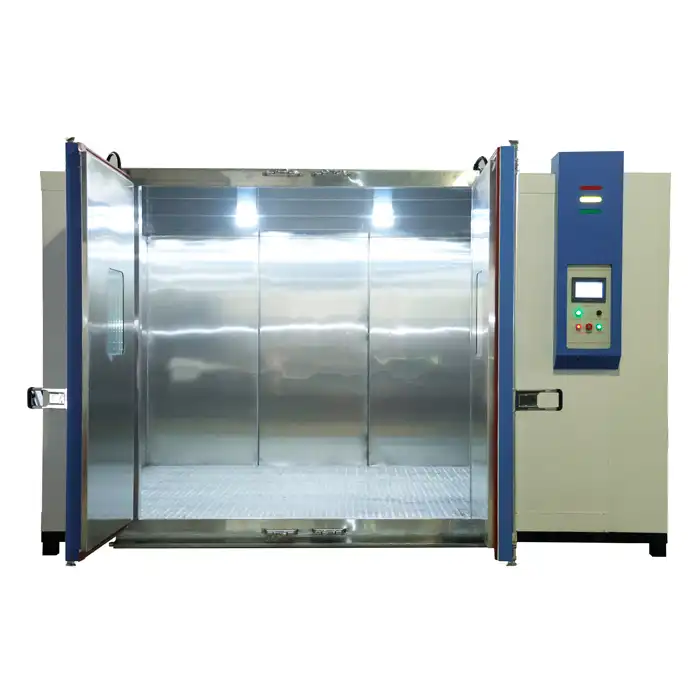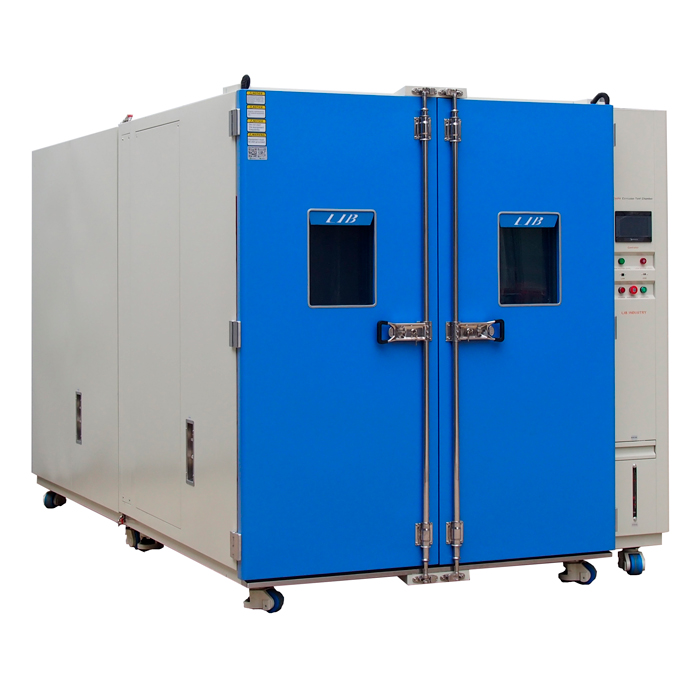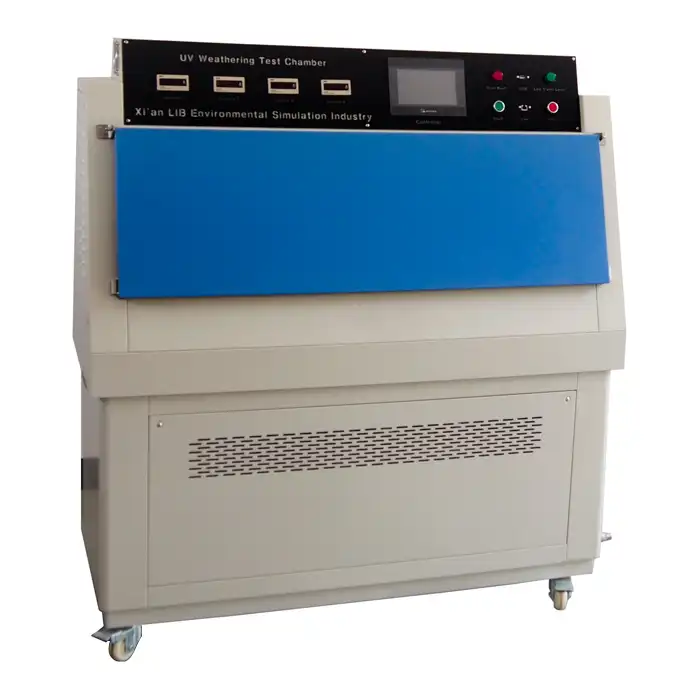Exploring the Technology Behind SO2 Noxious Gas Test Chambers
This blog delves into the technology behind SO₂ noxious gas test chambers, which simulate the corrosive effects of SO₂ gases on materials.
Understanding SO₂ Corrosion Mechanisms
Sulfur dioxide is widely recognized for its corrosive properties, especially in humid conditions. When SO₂ interacts with moisture in the air, it forms sulfurous acid, which attacks metals, coatings, and other industrial materials. This corrosion can lead to structural degradation, equipment failure, and a shortened lifespan of materials.
In industries such as automotive, aerospace, and electronics, where exposure to pollutants and harsh environments is inevitable, understanding the corrosion mechanisms of SO₂ is crucial. By replicating these conditions in a controlled environment, manufacturers can predict how their products will perform in real-world scenarios. This is where SO2 noxious gas test chambers come into play.
Core Design Elements: Chambers, Seals, and Gas Flow Systems
The effectiveness of an SO₂ noxious gas test chamber depends largely on its design. Key elements include the chamber structure, sealing systems, and gas flow mechanisms, all of which work together to create a controlled testing environment.
The chamber itself, typically constructed from corrosion-resistant materials like stainless steel, must be durable and airtight. This ensures that the SO₂ gas remains contained and does not leak, which could compromise the results or pose safety risks. Seals around doors and other openings are critical to maintaining this airtight environment.
The gas flow system is another essential component. It ensures that the SO₂ gas is evenly distributed throughout the chamber, allowing for uniform exposure to all test samples. Advanced chambers use precision flow meters to monitor and adjust gas levels in real-time, ensuring consistent and repeatable test conditions. These design features make modern SO₂ test chambers highly efficient and reliable, providing accurate data on material performance under corrosive conditions.
Precision Gas Control: Delivering Consistent SO₂ Concentrations
Maintaining the correct concentration of SO₂ in the chamber is critical for accurate testing. Variations in gas levels can lead to inconsistent results, making it difficult to assess the true impact of SO₂ on materials. Modern test chambers are equipped with sophisticated gas control systems that allow for precise adjustments to SO₂ concentrations, ensuring that each test is conducted under repeatable and controlled conditions.
These systems often incorporate advanced sensors and microprocessors to continuously monitor the gas levels inside the chamber. For example, some models feature automatic gas injection systems that maintain the desired concentration throughout the test cycle. By precisely controlling these variables, manufacturers can replicate specific environmental conditions, such as those found in industrial cities or coastal areas, where SO₂ levels may be elevated.
Safety First: Protecting Personnel and Equipment During SO₂ Testing
Given the hazardous nature of sulfur dioxide, safety is a top priority when using SO₂ noxious gas test chambers. Exposure to high concentrations of SO₂ can cause respiratory issues and equipment damage, so safety features must be integrated into the design.
Modern test chambers include several safety mechanisms to protect both personnel and equipment. For instance, many chambers feature gas detection systems that monitor SO₂ levels and trigger alarms if concentrations exceed safe limits. Additionally, ventilation systems may automatically activate to vent excess gas from the chamber, ensuring that dangerous levels are not reached.
Protective interlocks are also common. These systems prevent the chamber from being opened while testing is in progress, reducing the risk of accidental gas exposure. By incorporating these safety features, manufacturers can conduct SO₂ testing with confidence, knowing that both their workforce and testing equipment are safeguarded.
LIB SO₂ Noxious Gas Test Chamber
LIB Industry is at the forefront of environmental testing solutions, and their SO₂ noxious gas test chambers are no exception. Designed to meet the stringent demands of global manufacturers, LIB's test chambers offer advanced features that ensure precise, reliable, and safe testing environments.
One of the standout advantages of LIB's SO₂ test chambers is their precision gas control system. Equipped with state-of-the-art sensors and flow meters, these chambers deliver highly accurate SO₂ concentrations, ensuring consistent and repeatable test results. The chambers are also constructed from corrosion-resistant materials, which ensure durability and longevity, even in harsh testing environments.
Safety is a key focus in LIB’s design, with various protective features that safeguard both personnel and equipment. Gas detection systems, automatic ventilation, and interlock mechanisms are standard in all LIB SO₂ chambers, providing peace of mind for operators.
The LIB SO₂ noxious gas test chamber is also customizable, allowing manufacturers to tailor the system to their specific testing needs. Whether you require a compact chamber for small-scale testing or a larger solution for high-volume testing, LIB offers a range of options to suit your requirements. To learn more about how LIB can support your environmental testing needs, contact us at info@libtestchamber.com.
References
1. C. Leygraf, "Atmospheric Corrosion," Electrochemical Society, 2016.
2. L. Xia, "Corrosion and Protection of Materials in Sulfur Dioxide Environments," Journal of Materials Engineering, 2022.
3. R. C. McGill, "Advanced Gas Flow Systems in Environmental Testing," Industrial Engineering Journal, 2021.
4. S. H. Zhang, "Gas Control Systems and Their Application in Corrosion Testing," Materials Science Letters, 2020.
5. J. S. Lee, "Sulfur Dioxide Corrosion Mechanisms in Industrial Materials," Corrosion Science, 2019.
6. T. K. Park, "Safety Features in Modern Environmental Test Chambers," Engineering Safety Review, 2023.



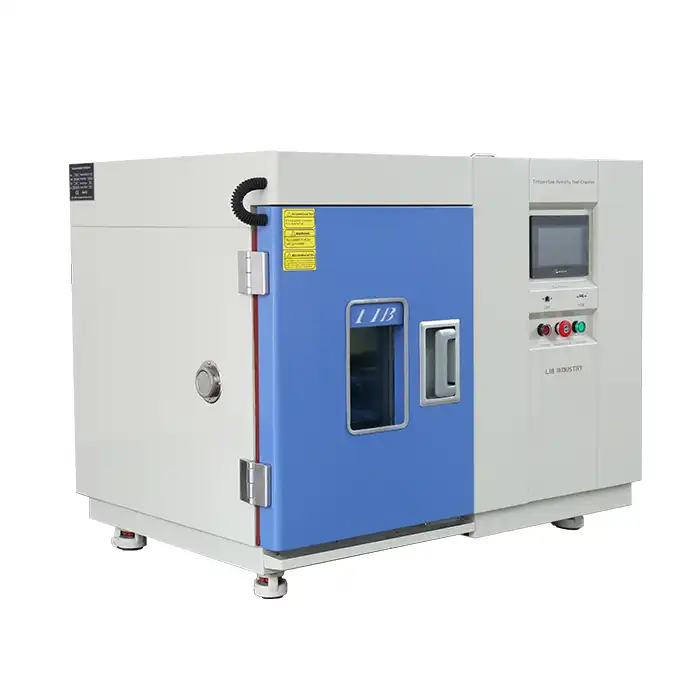
_1731062079549.webp)
